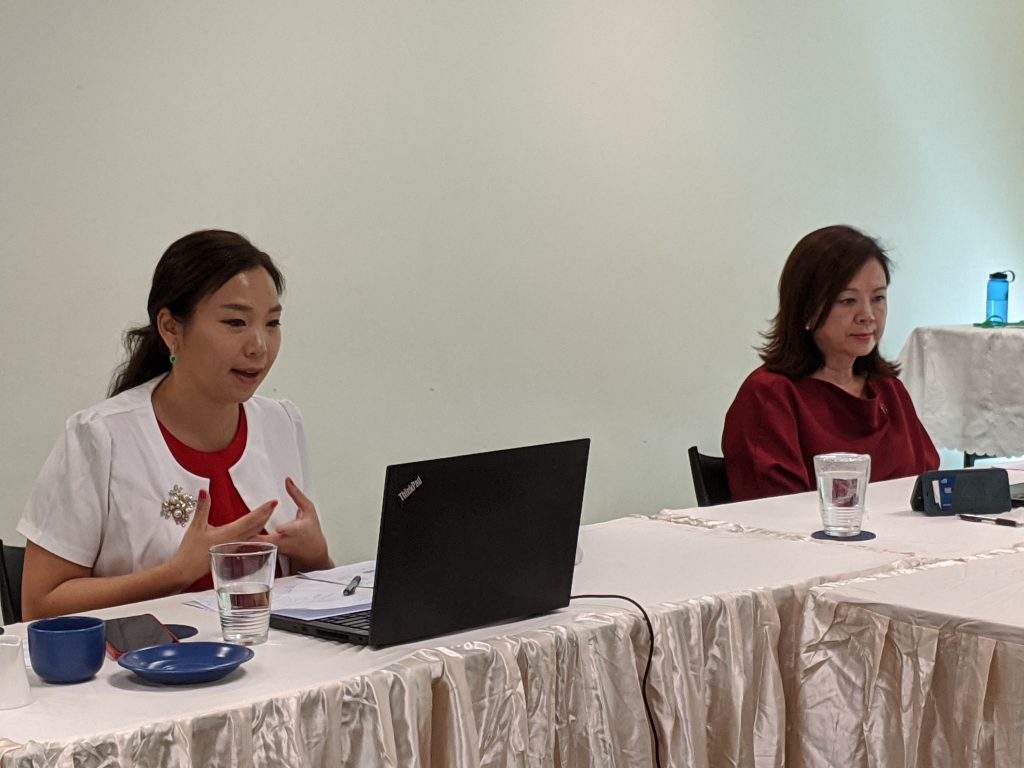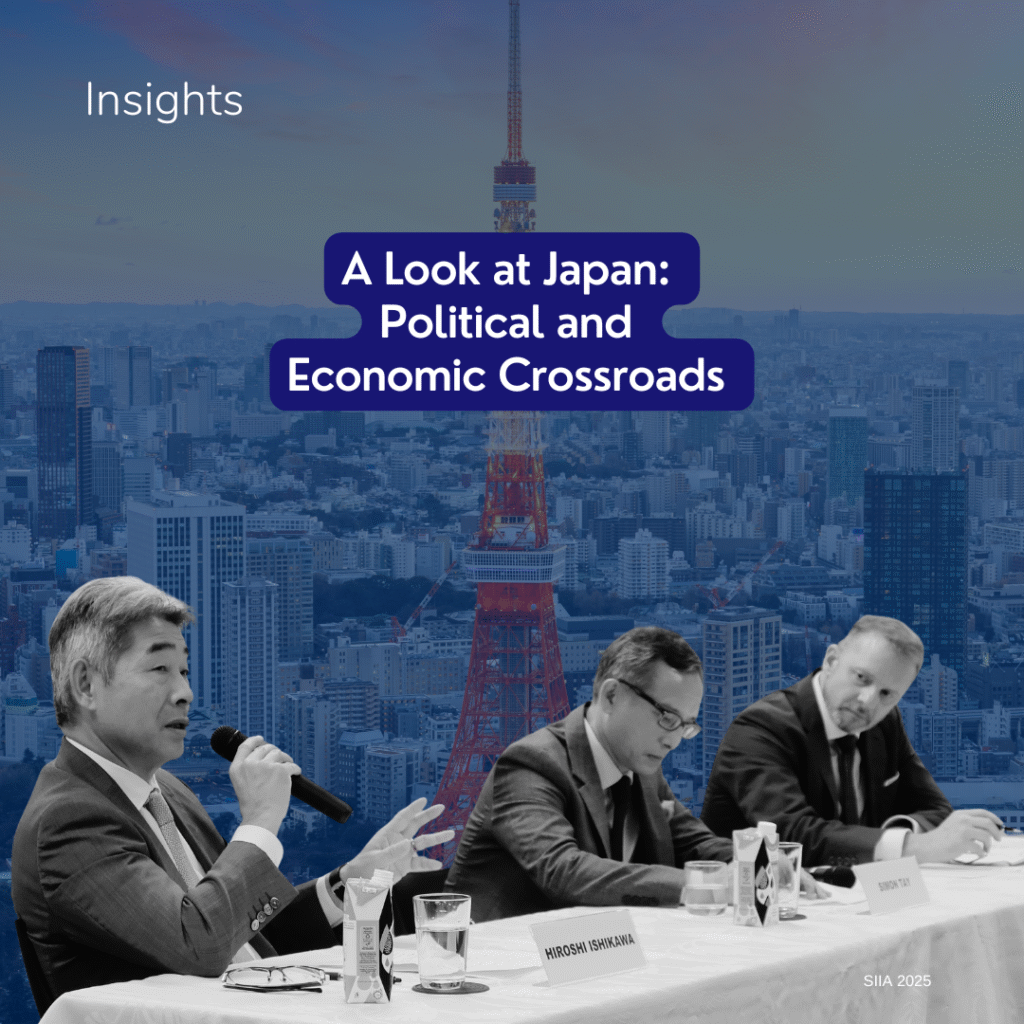More countries and corporations than ever have pledged to substantially reduce their carbon emissions by 2050, in response to growing demands from citizens and customers. Finance will be key in achieving these targets, and financial institutions worldwide are facing growing shareholder pressure to stop financing high-carbon activities. Public and private organisations alike are leading the green finance charge, but as momentum grows, it is imperative to address greenwashing risks and ensure that green finance opportunities remain open to companies of all sectors and sizes.
On Thursday, 29 April 2021, the Singapore Institute of International Affairs (SIIA) held a seminar on “Financing Southeast Asia’s Green Recovery”. The session featured views from Ms. Lim Bey An, Deputy Director and Head of the Green Finance and Asset Management Division, Financial Markets Development Department, Monetary Authority of Singapore, Ms. Herry Cho, Managing Director, Head of Sustainability and Sustainable Finance, SGX, Ms. Esther An, Chief Sustainability Officer, City Developments Limited, and Ms. Juliette Macresy, Executive Director – Head of Issuer Business, Vigeo Eiris, an affiliate of Moody’s. Also present were two invited guests, Ms. Quak Fi Ling, Joint Head, Private Equity Practice and Partner, M&A Practice, WongPartnership, and Ms. Jennifer Tay, Partner, PwC Singapore. The seminar was sponsored by Moody’s and SGX, and was held in hybrid format. The session was moderated by Associate Professor Simon Tay, Chairman, SIIA.
Here are some highlights from the discussion.
Growing momentum for green finance in the public and private sectors
Ms. Lim from the MAS opened the session with an overview of the green finance ecosystem in Singapore, and links it has to the recently announced Green Plan 2030. She highlighted the need for the green finance market to go beyond traditional green loans and sustainable bonds to increase private sector investment into sustainable development. MAS is currently looking at blended finance, particularly for new and unproven green technologies, as well as ways to harness technology to increase the efficiency and efficacy of green finance projects.
Ms. Cho from SGX emphasised the importance of SGX’s role as a regulator in ensuring trust and transparency in the overall market ecosystem. Globally, the movement towards climate action and resilience has increased the need for fortification of the disclosures that investors require. In line with this, SGX is looking to create data tools and resources, including training for the market. The growing importance of obtaining reliable data and disclosures was echoed by Ms. Macresy; she shared that new data is showing that reporting by Asian companies has improved, and is fast catching up with disclosure quality in Europe.
Finally, from the corporate issuer perspective, Ms. An explained that independent environmental, social and governance (ESG) ratings and rankings are key to providing credibility to how a company has performed. This is also why it is important to improve disclosures. Sharing CDL’s journey since 1995 as an early mover on sustainability, she explained the importance of embedding sustainability across the value chain by embracing three values – decarbonisation, digitalisation and disclosure.

ASEAN in transition
Panellists noted that ASEAN has been stepping up its green finance efforts through platforms such as the ASEAN Capital Markets Forum. However, many countries in Southeast Asia are still growing rapidly and face social challenges, with widely varying starting points with respect to sustainability. Therefore, the process of transitioning needs to be inclusive. For instance, an industry task force convened by the MAS has recommended that Singapore take a “traffic light” approach to its green taxonomy, allowing for transition financing activities. This approach looks at the level of alignment of activities with environmental objectives, and classifies these activities as green, yellow (transition), or red.
That said, there must be a fine balance to avoid a “slippery slope” towards greenwashing. For example, a company might classify most of its activities as “in transition” without concrete decarbonisation plans. To remedy this, Ms. Lim said that transition plans should be time-bound, with clear deliverables. If it is determined that it is acceptable for certain sectors to remain brown, it is necessary to define the specific assets within these sectors. As ASEAN works towards developing a unified taxonomy, it is also critical to look at similar efforts elsewhere, such as China or Europe. This can help to create harmonisation between the different taxonomies to facilitate cross border financial flows.
It is also important to look beyond the environmental aspects of sustainability. The social factor in ESG is difficult to quantify as there are no clear science-based methodologies that can be used. However, it is already gaining attention, including in ASEAN, where there have been recent controversies about forced labour in the palm oil and rubber industries. Ms. Cho shared that the European Commission has set up a working group to look into launching a social taxonomy.

Corporations in transition
For companies that are just beginning their sustainability journeys, the alphabet soup of ratings and rankings can be confusing. Ms. An shared that it is important to first consult internal and external stakeholders to determine the material ESG issues for their business. She added that the SGX’s requirement for board sign-off on sustainability disclosures has invited many boards and chairmen to play a more central role in providing direction on green investment decisions.
As opportunities in green finance are expected to surge, companies need to recognise that sustainability efforts are a necessary part of future-proofing. Ms. Macresy advised companies to understand that sustainability is a journey; leveraging existing data and available information channels is a pragmatic way to start. Instruments such as sustainability-linked bonds, which provide more flexibility on the use of proceeds than traditional green loans or bonds, can be of use to a wider range of issuers.

Conclusion
For companies, incorporating sustainability is not only feasible, but will also be rewarding in terms of stakeholder satisfaction and financial returns as global momentum shifts towards a greener and more equitable economy. Green finance is also an area where Singapore, an established and trusted financial hub, is poised to punch above its weight. US President Biden’s recent invitation of Prime Minister Lee Hsien Loong to the Leaders Summit on Climate, despite Singapore’s contribution of just 0.11 per cent of global emissions, is recognition that the country has an integral role in global green recovery.




